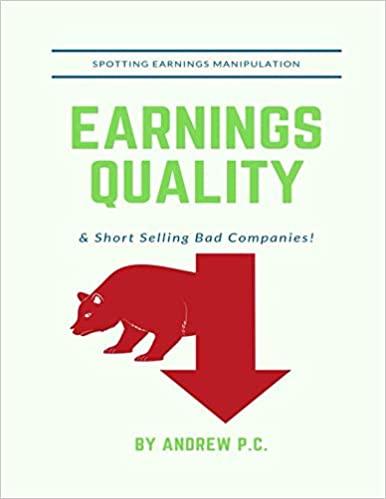Stocks A and B have the following probability distributions of expected future returns B Probability 0.1 0.2 0.5 0.1 0.1 0 22 27 49 A (114) (20%) 4 15 21 40 a. Calculate the expected rate of rotum , for stock (FA - 13.304.) Do not found intermediate calculations. Round your answer to two decimal places, b. Calculate the standard deviation of expected returns, an, for Stock A (0 - 17.87%.) Do not round Intermediate calculations. Round your answer to two decimal places Now calculate the coefficient of variation for Stock B. Do not round Intermediate calculations. Round your answer to two decimal port, 9 Is it postole that most investors might regard Stock 8 as being sets ricky than Stock A? 1. If Stock B is more highly correlated with the market than A, then it might have the same beta as Stock A, and hence be just as risky in a portfolio sens 11. 11 Stock is less highly correlated with the market than A then it might have a lower beta than Stock A, and hence be less risky in a portfolio sense III. If Stock B is less highly correlated with the market than A, then it might have a higher beta than stock and hence be more risky in a portfolio sense IV. If Stock B is more highly correlated with the market than A, then it might have a higher beta than Stock A, and hence be less risky in a portfolio sense. V. If Stock is more highly correlated with the market than A, then it might have a lower beta than Stock A, and hence be less risky in a portfolio sense. Select c. Assume the risk-free rate lt 2.5%What are the Sharpe ratios for:Stocks A and B? Do not round intermediate calculations, Round your answers to four decimal places Stock A Stock : Are these calculations consistent with the information obtained from the coefficient of variation calculations in Part b? 1. In a stand-alone risk sense A is more risky than 3. If Stock B is less highly correlated with the market than A, then it might have a higher beta than Stock A, and hence be more risky in a portfolio sense. 11. In a stand-alone risk sense A is less risky than 8. 11 Stock B is more highly correlated with the market than A, then it might have the same beta as Stock A, and Now calculate the coefficient or variation for Stock B. Do not round Intermediate calculations. Round your answer to two decimal places AZ Is it possible that most investors might regard Stock 8 as being less risky than Stock A? 1. If Stock B is more highly correlated with the market than A, then it might have the same beta as Stock A, and hence be just as risky in a portfolio sense 11.1f Stock B is less highly correlated with the market than A, then it might have a lower beta than Stock A, and hence be less risky in a portfolio sense III. 1 Stock is less highly correlated with the market than A, then it might have a higher beta than Stock A, and hence be more risky in a portfolio sense IV. If Stock B is more highly correlated with the market than A, then it might have a higher beta than Stock A, and hence be less risky in a portfolio sence V. If Stock Bis more highly correlated with the market than A, then it might have a lower beta than Stock A, and hence be less risky in a portfolio sense C. Assume the risk-free rate is 2.5% What are the Sharpe ratios for Stocks A and B? Do not round Intermediate calculations. Hound your answers to four decimal places Stock A Stock B Are these calculations consistent with the information obtained from the coefficient of variation calculations in Part b? In a stand-alone risk sense is more risky than B. 16 Stock 8 is less highly correlated with the market than A, then it might have a higher beta than stock, and hence be more risky in a portfolio sense 11. In a stand-alone risk sense A is less risky than B. If Stock B is more highly correlated with the market than A. then it might have the same beta s Stock A, and hence be just as risky in a portfolio sense III. In a stand-alone risk sense A is less risky than B. 11 Stock is less highly correlated with the market than , then it might have a lower beta than stock A, and hence be less risky in a portfolio sense. IV. In a standalone risk sense is less risky than B. If Stock is less highly correlated with the market than then it might have a higher beta than stock A, and hence be more risky in a portfolio sense. V. In a standalone risk sense A is more risky than 8. If Stock B is less highly correlated with the market than A, then it might have a lower beta thon Stock A, and B. Ir hence be less risky in a portfolio sense A Grade it Now Save & Continue Continue without saving








